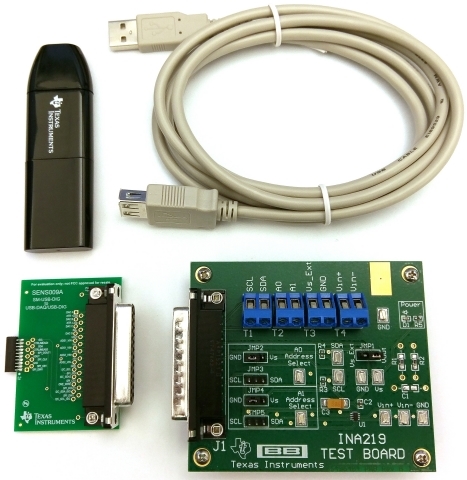Hi Guys
Our customer is using INA219 as system current sense. They are sensing PCIe Slot Power. they found: BMC read data shows 2W load when PCIe slot take 0A load;(total 6 pieces at PCIe). And they did some actions:
1. Test Vshunt when PCIe take 0A load. Result: there is no Vshunt when 0A load;
2. They have tried to change the INA219 configuration/calibration register, but the smallest data they can read is still 2W;
Next it is their schematic, could you help me with the schematic and give some feedback about this? this issue is very urgent. any feedback are appreciated!
Thanks





